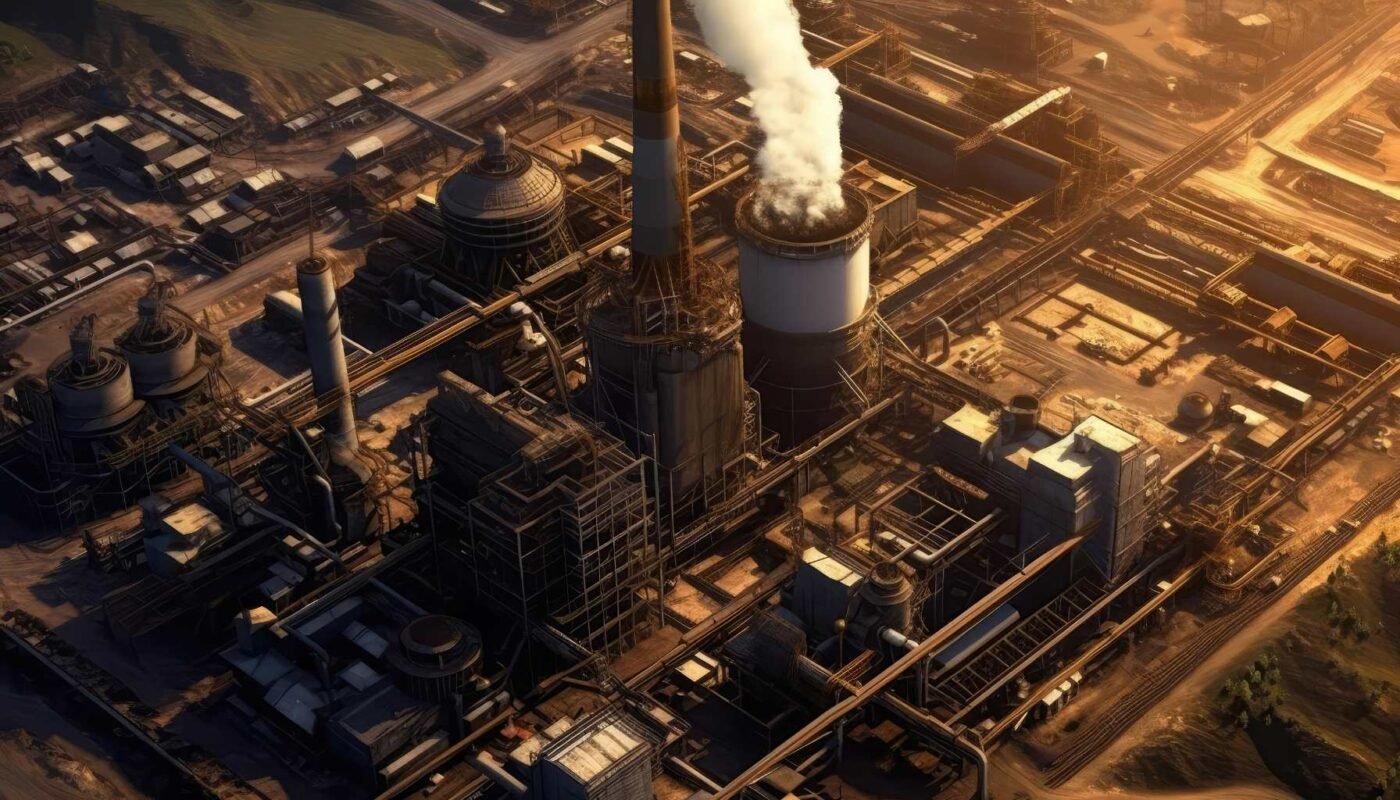The Rise of Industrial Real Estate Development in Pakistan: A Statistical Perspective
Pakistan’s industrial real estate sector is experiencing a period of unprecedented growth, fueled by strategic investments, policy reforms, and an increasingly global outlook. This surge is underpinned by robust statistical indicators that signal a promising future for the market.
Market Size and Investment Flow
As of the latest data available up to 2023, Pakistan’s industrial real estate market has seen a considerable influx of investment, both domestic and international. The China-Pakistan Economic Corridor (CPEC), with projects valued at over $60 billion, stands as a monumental driver of this growth. It’s estimated that CPEC-related developments have contributed significantly to the country’s industrial infrastructure, though specific numbers vary by source.
The creation of Special Economic Zones (SEZs) is another pivotal factor, attracting FDI and local investment into the sector. For instance, the Faisalabad Industrial Estate Development & Management Company (FIEDMC) reported an investment influx of approximately $2 billion within its SEZs, signaling robust investor confidence.
Growth Dynamics
The industrial real estate sector has been growing at an impressive rate. While specific annual growth rates may require current data, it’s indicative that the sector has outpaced several other segments of the real estate market. For comparison, global industrial real estate growth averaged around 8-10% in major emerging markets, with Pakistan expected to be on the higher end of this range, driven by its strategic initiatives and burgeoning e-commerce sector.
Rental Yields and Occupancy Rates
Rental yields in Pakistan’s industrial zones are competitive, especially in high-demand areas close to major urban centers and transportation hubs. Yields have been reported to range from 8% to 12%, significantly higher than those in more developed markets, where yields often hover around 4-6%.
Occupancy rates in key industrial areas such as Karachi, Lahore, and Islamabad exceed 90%, reflecting strong demand. This is particularly notable in sectors such as logistics and manufacturing, which have seen rapid expansion due to e-commerce growth and government incentives for export-oriented industries.
Challenges vs. Opportunities
The sector’s growth is not without its challenges. Regulatory hurdles and infrastructure deficits, particularly in power and water supply, pose significant obstacles. However, these challenges also present opportunities for development and innovation, such as the potential for renewable energy solutions within industrial estates.
Comparative Advantage and International Alignment
Comparing Pakistan’s industrial real estate sector with other emerging economies, its competitive advantages become clear. For instance, the average cost of industrial land per acre in Pakistan is significantly lower than in India or China, offering a cost-effective option for investors. Moreover, Pakistan’s efforts to align with international sustainability standards, such as the Leadership in Energy and Environmental Design (LEED), further enhance its appeal to global investors.
Looking Ahead
With the government’s continued focus on industrialization, including plans to develop additional SEZs and enhance infrastructure under the CPEC framework, the future looks bright for Pakistan’s industrial real estate sector. The ongoing shift towards digitalization and sustainability is poised to elevate the market to new heights, ensuring its resilience and continued growth.
The statistical landscape of Pakistan’s industrial real estate sector paints a picture of a market on the rise, characterized by strong investment flows, competitive yields, and high demand. As the sector continues to evolve, staying informed with the latest data and trends will be crucial for investors looking to capitalize on the myriad opportunities this vibrant market has to offer.


